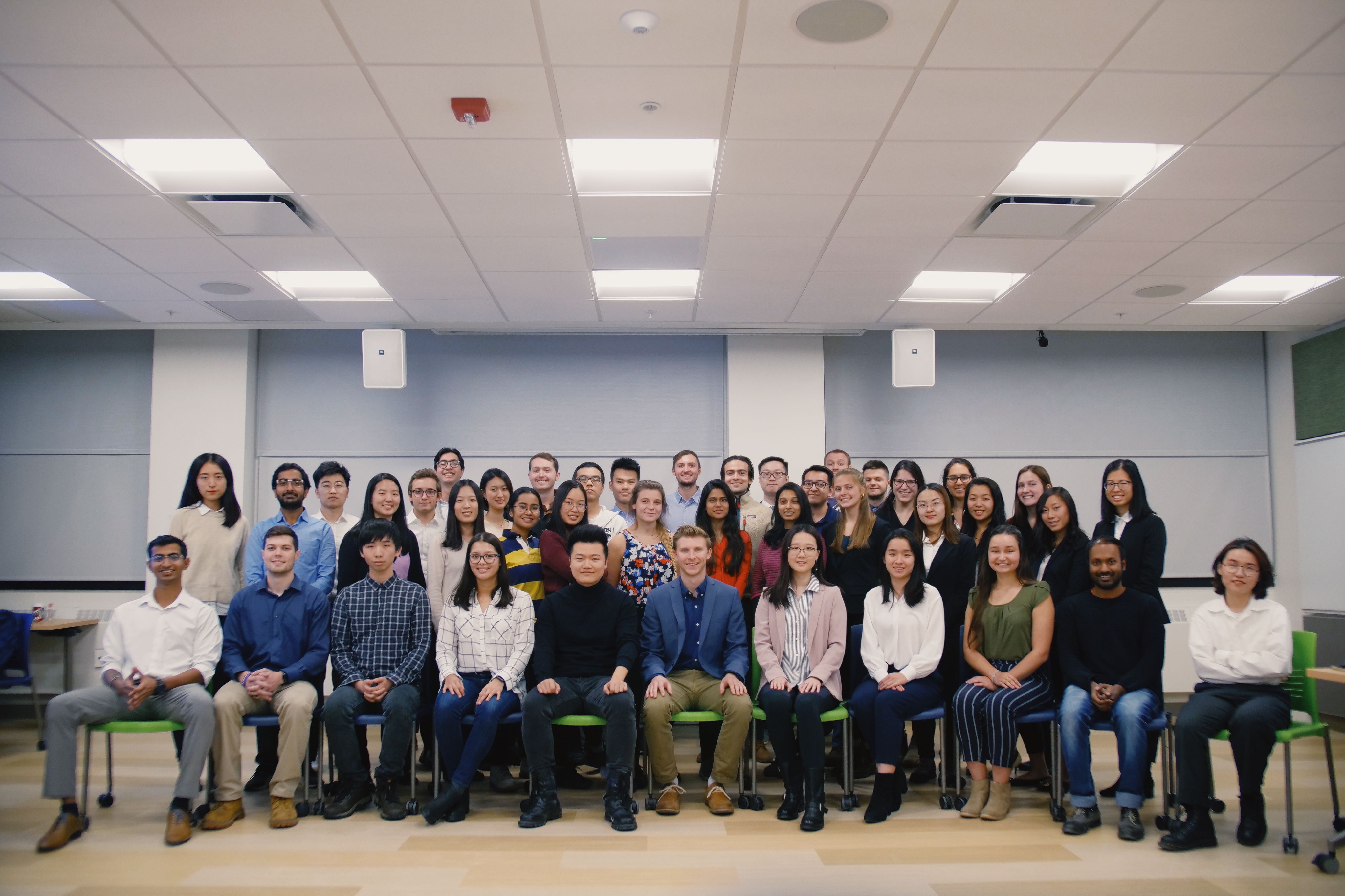
Illinois: University of Illinois at Urbana-Champaign
The Illinois team is building a modular house that revolves around the concept of adaptability and affordability for the U.S. Department of Energy Solar Decathlon® 2020 Build Challenge. ADAPTHAUS accommodates the ever-changing natures of living, playing, and working at home as a person grows through different stages of life. The target market for the project is young professionals in the Urbana-Champaign area who need an affordable entry point into the housing market. ADAPTHAUS is envisioned as a house of the future, one that grows out of the traditional terminologies of living room, bedroom, and study, giving residents flexible modules that can personalize the house to suit their changing needs, both in space and time.
Design Philosophy
With flexibility at its heart, ADAPTHAUS explores the concept of sustainability in many creative ways. The team's structural design philosophy aims to keep the design simple but efficient and generic, which allows for the same component designs to be used in all modules. This is essential for efficiency and quality of off-site, assembly-line-like construction of the modules.
Energy consciousness remains on the forefront as the design incorporates a solar array with integrated storage. The system captures more than enough solar energy during the day to charge the battery, allowing users to minimize grid reliance during peak times. In addition, the owner will be able to sell back the extra energy their panels produce during the day and save money on their monthly electricity costs. Because the project is being constructed in a lower-income neighborhood, the energy-efficient measures and new technologies implemented will serve as an example to the community, showcasing the benefits of integrating a grid-tied solar energy system.
The Illinois team selected lighting fixtures and controls with the goal of minimizing electricity consumption and optimizing available daylight. Comprising dimmable LEDs distributed around the interior and exterior of the house, the lighting system utilizes motion sensors to automatically turn off and on the light. Lighting intensity and tone is controlled by the user based on the room usage. All the smart appliances and lighting are connected to Amazon's Alexa and can be controlled by voice recognition.
The domestic water design seeks to minimize water usage and reduce gray and black water sent back into the city sanitary system. The plumbing and water-using fixtures are concentrated in one area of the home to reduce the length of pipe used and eliminate the need for a hot water circulation pump. Overall, the water infrastructure design integrates several approaches to mimic natural site hydrology, improve water use efficiency, and prioritize water conservation.
MARKET STRATEGY
Homeownership is unattainable to most young professionals in the Urbana-Champaign community due to the high cost of market entry. ADAPTHAUS, staying true to its name, solves this problem by providing a flexible solution for first-time homebuyers. The purchase of an inexpensive ADAPTHAUS in the beginning stages of adult life allows for subsequent expansion of the home in accordance with demand for space. The homeowner can purchase additional compatible modules in times of growth, as well as offload or repurpose sections when space demand shifts. This allows for the maintenance of a single home throughout the homeowner's lifetime.
The design provides users the flexibility to efficiently use the space inside the house for multipurpose activities. For instance, the team focused on a young professional's need for virtual communication, divisible workspaces, and convertible functions. This allows the homeowner to convert between an office space during the work week and an Airbnb space on the weekends using flexible furniture. Through its multidisciplinary integrated design approach, ADAPTHAUS provides a novel solution that fits the changing needs of the client and embodies a sustainable lifestyle.
Photos
FEATURES
- A communal, convertible, and modular design allows for co-use and passive income through multi-use strategies in the home.
- The exterior facade uses a standard clip-and-rail system to attach as a rainscreen to the wall envelope, providing flexibility in replacing the panels based on time, location, and other aesthetic preferences. The decking and the canopy are installed as modular elements that are independent of the house structure, helping the building enclosure stay independent of the exterior systems.
- The landscape is actively and passively designed to embody the idea of a productive system, taking on a curvilinear form that works to complement the modular nature of the embedded architecture. Planter beds seeded with native plants help facilitate the outputs and inputs from the house. The carefully selected plant species are complemented with movable modular wooden boxes that can adapt to the users’ needs—whether it be a seater by the herb garden, or a storage box that can be moved indoors when necessary.
- The hybrid use of hot rolled steel as the rim joist of the floor and cold formed steel as the floor joist maintains the stiffness of the floor during transportation, while still staying economical.
TECHNOLOGIES
- A grid-tied solar array and smart inverter allow the user to utilize time-of-use arbitrage and pull from the battery storage system when grid-sourced electricity is at a premium cost. Power optimizers on each solar panel increase power production by allowing the panels to work independently of one another. Solar panels are located on opaque areas of the roof canopy, which blocks excess sunlight in the summer, allows more sunlight in the winter, and provides more roof space without adding to the home’s footprint.
- A mobile app integrates with the building systems to offer the user energy consumption tips and graphic displays of energy consumption, while automating home appliances.
- The tankless water heater occupies less space and uses less energy, such as through the self-modulating flow feature. The unique stormwater design allows stormwater to infiltrate on-site, helping to recharge the groundwater and support on-site vegetation, as well as alleviating pressure on the storm drain system.
